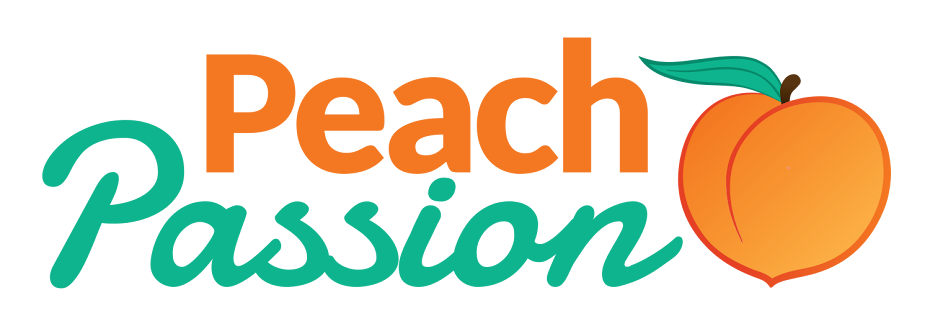A few weeks ago, I attended the PEDS
Golden Shoe Awards, a celebratory event
that recognizes people and organizations that are working to make ours a more
walk-friendly region. Co-incidentally, that very morning I had an
experience that underscored just how necessary this kind of progress is.
I’ve written about my love of long neighborhood
walks and walking or biking on community trails and paths such as the Silver
Comet Trail, South Peachtree Creek path or the Beltline. These are usually very
enjoyable walks alone or with friends, taking in the sights, breathing the
fresh air, people watching and getting benefit of the exercise. But on
this particular morning, I was footing for transportation. After dropping off
my car for service I had no other way to get home.
The distance wasn’t far, maybe a mile and a
half, much less than I typically go for one of the aforementioned pleasure
walks, but walking home along Briarcliff starting just north of LaVista would
be a much different kind of experience. This busy state road definitely was not
a route anyone would walk for pleasure. In order to walk most safely, I
found myself having to cross and re-cross busy Briarcliff several times in
order to stay on sidewalks. Even with crosswalks and signals, the traffic
at major intersections like at Briarcliff and LaVista was dangerous and
unnerving. Crossing Briarcliff and Clifton, where Clifton is four lanes
and cars are quickly entering and exiting the Emory/CDC corridor, was
especially treacherous.
I finally made it safely across that intersection
to the corner at Pig N Chik and passed Sage Hill Shopping Center only to
realize that I would soon have to cross Briarcliff yet again in order to find
the safety of a sidewalk. I got across the creek bridge, and before long
there was no sidewalk at all on either side. I kept on the west side of
Briarcliff since that’s where my street is, but I soon had to dodge a Georgia
Power crew with a cherry picker truck working on the lines. They kindly gave me
the go-ahead to pass, and I continued my journey home the last several blocks
walking through frosty wet grass in ditches until I reached my street.
As tricky as my relatively short walking trip
was, it was nothing compared to people who, on a daily basis, have no choice
but to walk in busy, dangerous and inaccessible areas to get to work, school,
buy groceries or in order to catch public transportation. I appreciate the work
that PEDS does to make our city and state pedestrian friendly for all and
salute this year’s Golden Shoe Award winners, who represent a variety of
inspiring projects and missions:
Walk-friendly Education: Good
Urbanism 101: Ten Lessons for Designing Cities, a joint project of the Georgia
Conservancy and Professor Richard Dagenhart of the Georgia Tech College of
Design. Together, they’ve provided classes to over 1,700 people throughout
Georgia during the past seven years. Topics include street design, land use and
architecture.
Walk-friendly Advocacy:
Marian Liou, for creating We Love BuHi, which is connecting people to a place and to each other. Marian
has helped complete the Buford Highway Master Plan and developed numerous
events that celebrate diversity, introduce new people to the community and
encourage exploration.
Walk-friendly Journalism:
Darin Givens, who is an outstanding
storyteller and master of persuasion about urban issues, including land use,
affordable housing, and transportation. Darin is co-founder of ThreadAtl and publishes in-depth stories in medium.com.
Walk-friendly Redevelopment: Walgreens, a beautiful restoration
of an historic building on Peachtree Street in downtown Atlanta. The new
Walgreens creates a sense of
place and is a walk-friendly destination that serves downtown residents.
Walk-friendly Suburban Retrofit: City of Sandy Springs, for developing the Next 10
Comprehensive Plan, the new Development
Code, and the City Springs mixed-use development project. Together the Next 10
Plan and Development Code are resulting in an urban street grid, high density
development, and a true city center and sense of place.
Visit Intown Communications to learn how great communications and storytelling can advance your ideas and goals!
Visit Intown Communications to learn how great communications and storytelling can advance your ideas and goals!

